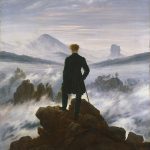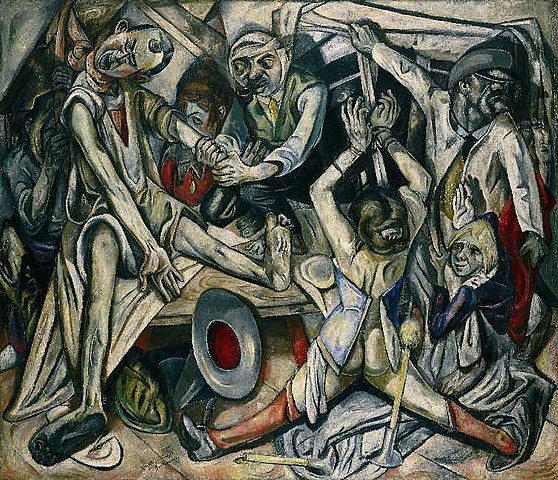
Max Beckmann, born on February 12, 1884, in Leipzig, Germany, and passing away on December 27, 1950, in New York City, USA, was a pivotal figure in the development of twentieth-century art, straddling the realms of Expressionism and New Objectivity. His work is renowned for its intense emotional depth, complex symbolism, and a stark portrayal of the human condition, reflecting the tumultuous events of his time, including two World Wars, the rise of Nazism, and his own experiences of exile.
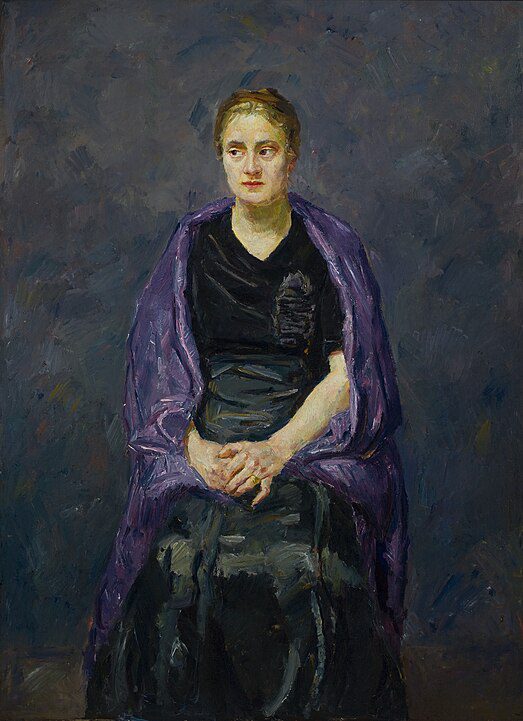
Beckmann’s early work was influenced by Impressionism, but the horrors of World War I, in which he served as a medical orderly, dramatically transformed his approach to art. The trauma of the war led him to develop a more expressionistic style characterized by bold lines, distorted forms, and a somber palette. This period marked the beginning of his lifelong exploration of themes such as the existential struggle, the circus as a metaphor for life’s absurdity, and the role of the artist in society.
New Objectivity
After the war, Beckmann became a leading figure in the Weimar art scene, gaining recognition for his contributions to the New Objectivity movement, which sought to depict the realities of post-war Germany with brutal honesty. His paintings from this period, such as “The Night” (1918-1919) and “Departure” (1932-1935), are marked by a deep sense of disillusionment and a critique of societal decadence and moral bankruptcy.
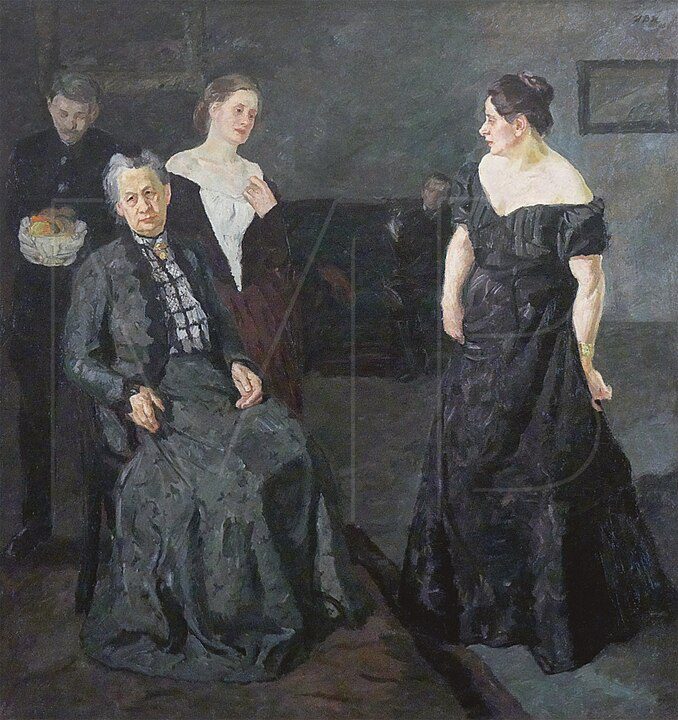
The rise of the Nazi regime proved disastrous for Beckmann. His work was labeled “degenerate,” and he was dismissed from his teaching position at the Städelschule in Frankfurt. In 1937, he fled Germany, first settling in Amsterdam, where he remained for a decade before emigrating to the United States in 1947. Exile had a profound impact on Beckmann’s art, deepening his exploration of themes related to displacement, isolation, and the search for identity.
Continuing in America
In America, Beckmann continued to evolve his style and themes, engaging with the vibrant cultural landscape of his adopted country while maintaining a critical, outsider perspective. His late works, including his series of triptychs, offer a complex, allegorical vision of human life, filled with symbolic references to mythology, religion, and personal experience. These works reflect Beckmann’s belief in the transformative power of art and his relentless quest to grapple with the fundamental questions of existence.
Throughout his career, Beckmann remained committed to the idea of the artist as a witness to his time, using his canvases to confront the viewer with the complexities and contradictions of the modern world. His work is characterized by a combination of technical mastery, rich symbolism, and an intense psychological depth, making him one of the most compelling artists of the twentieth century.
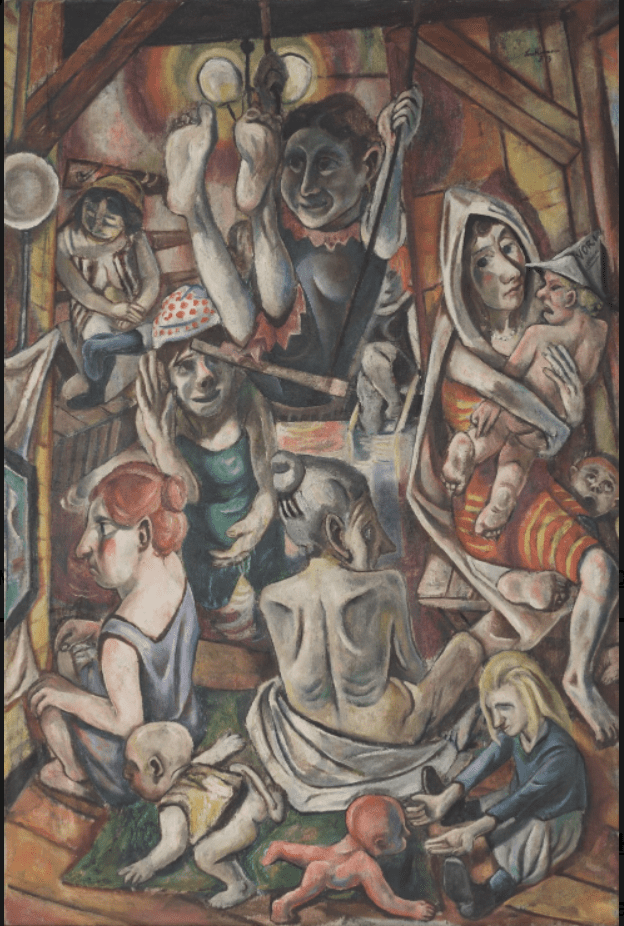
Beckmann’s legacy is that of a profound humanist and a visionary artist, whose work challenges and inspires. His paintings, prints, and drawings continue to be celebrated for their ability to capture the essence of human experience, offering a powerful commentary on the nature of reality, the struggle for self-understanding, and the enduring capacity for resilience and renewal in the face of adversity.


